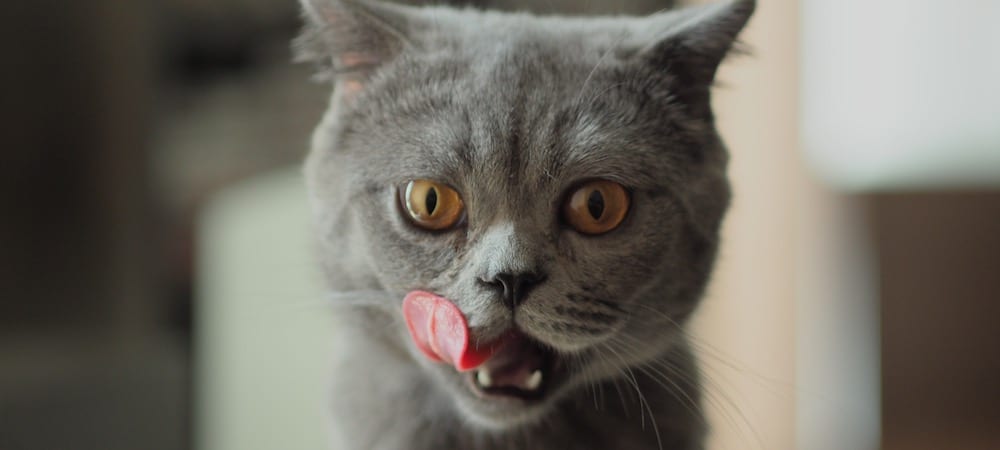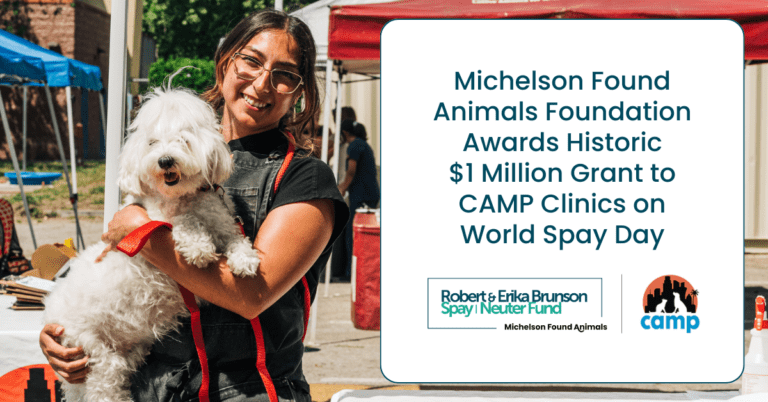Food for Thought: How to Find the Best Cat Food

There’s no doubt about it: Cats are picky. And with all this talk in the media about what the best cat food is, how do you know which one to choose? Here’s our guide on how to feed your cat!
Ingredients
There’s a lot of talk in the media about going grain-free or low-carb. However, these things in cat food are not necessarily bad. Instead of focusing exclusively on ingredients, it’s important that you look at nutrients first when trying to find the best cat food. This is why it’s so crucial to know how to read a cat food label. You want to be able to make sure that your cat food contains enough protein and fat.
Overall, you want a cat food that’s balanced. Carbs generally hold kitty kibble together, make the food cheaper and cats enjoy the crunch. You just want to make sure the food contains the right amount of carbs. The best way to determine this is to look for a statement from the Association of American Feed Control Officials (AAFCO) on the packaging. The statement will assert the food is balanced with the right nutrients, determined through a feeding trial or the recipe is known to satisfy feline nutritional requirements.
As long as your cat’s food is balanced, there’s no need to give your kitty additional supplements. Cat food contains all the vitamins and minerals your cat needs to be happy and healthy. As always, talk to your veterinarian about your cat’s nutritional needs. They can recommend a high-quality cat food and let you know if your cat requires any additional vitamins or supplements.
We do not recommend serving your cat raw meat! Raw meat alone doesn’t have enough vitamins, minerals and amino acids to keep your cat healthy. In addition, raw meat might make your cat sick from salmonella or E. coli. If you do decide to make your own cat food, first speak to a veterinarian. It’s tricky getting the right balance of nutrients, so you need a professional’s help.
Serving Sizes and Times
In the wild, cats tend to eat at dawn and dusk. We recommend feeding your cat two meals, one at each of these times, as well. Easy, right?
Serving sizes are a bit more complicated. How much you feed your cat will depend on their size, age and activity level. In general, cats should eat approximately 200 calories per day. When determining how much to feed your cat, look closely at packaging. Pay close attention to calorie counts. When in doubt, ask your veterinarian.
Do not overfeed your cat. Obesity in cats is a major problem and can lead to health issues such as heart disease, joint disease and diabetes. Here are a few ways to avoid overfeeding:
- Only feed cats at mealtimes and take away food when mealtime is over.
- If you have an obese cat, try switching to a low-calorie food rather than reducing your cat’s serving size. This is less likely to lead to a grumpy cat!
- Treats are fine only in moderation. Only 5-10% of your cat’s daily calories should come from treats.


